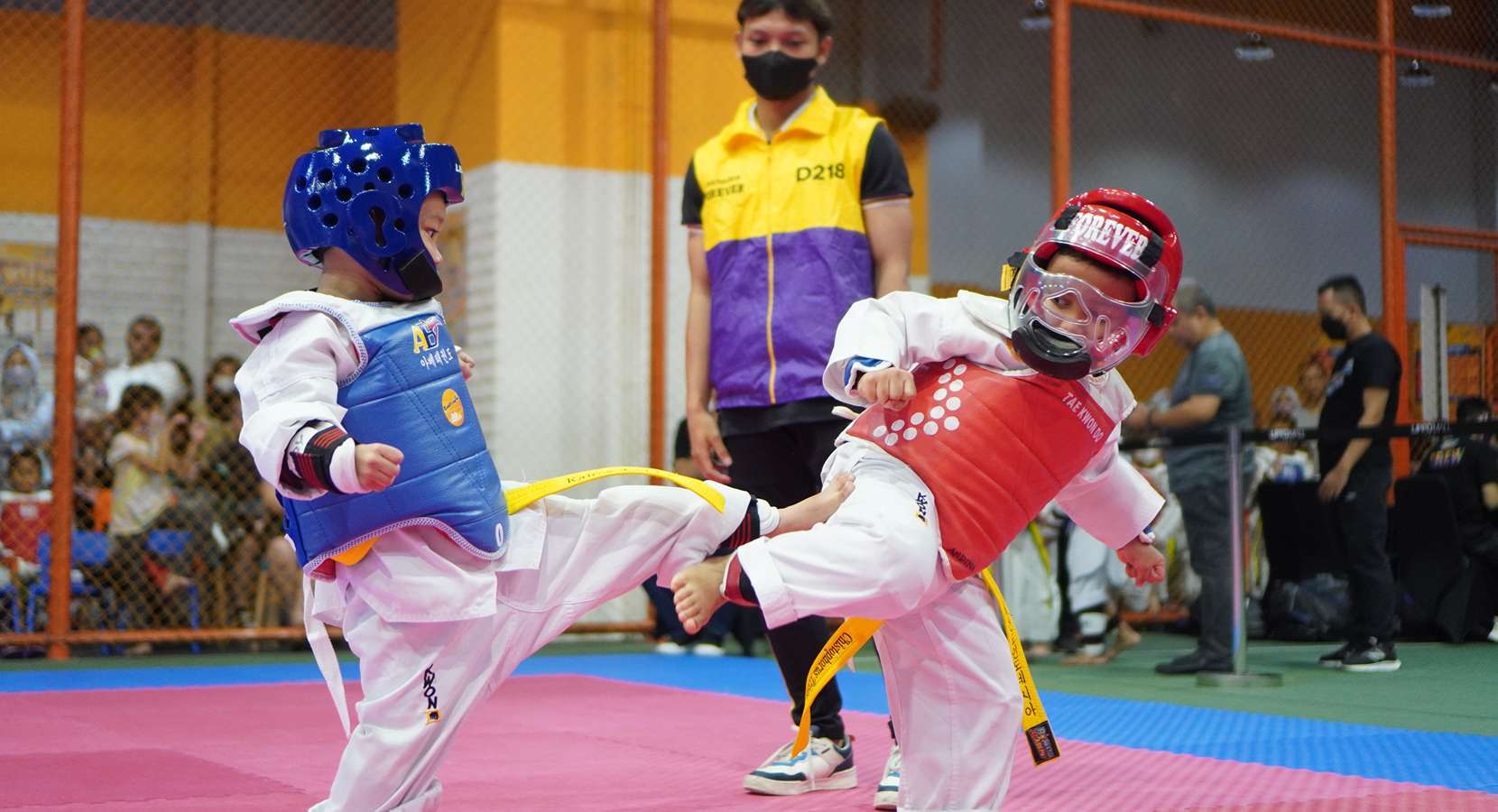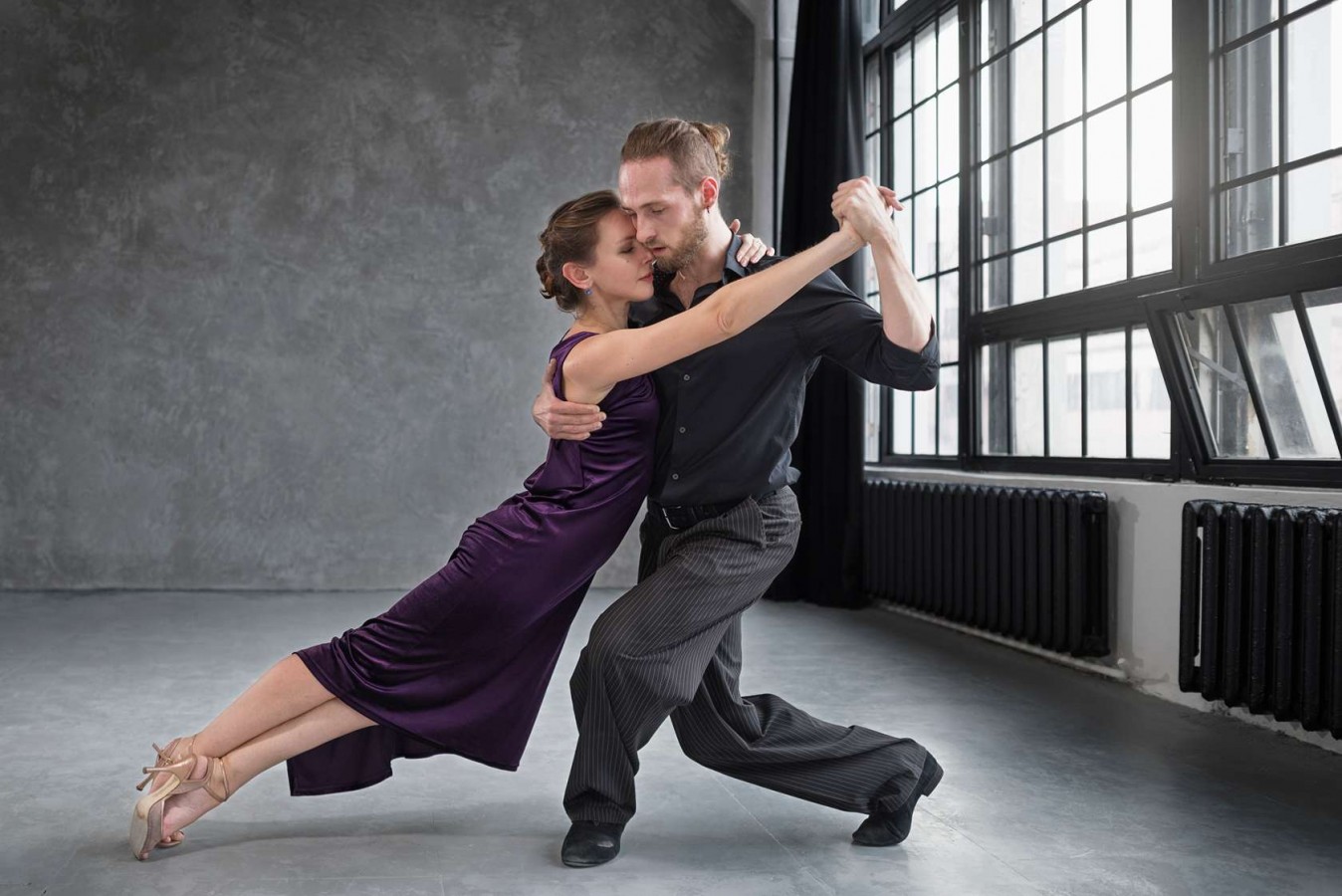10 Various Kinds of Mixed Martial Arts Moves You Must Learn!

Mixed Martial Arts (MMA) is a dynamic and complex sport that combines techniques from various martial arts disciplines, including striking, grappling, and submissions. If you're a beginner and want to refine your skills, understanding the foundational moves is essential. Here are ten fundamental MMA moves you must learn, divided into three categories: punches, kicks, and grappling techniques.
10 Mixed Martial Arts Moves For Beginner
For beginners, it's crucial to focus on fundamental moves that build a solid foundation. Here are ten essential MMA moves for beginners you can practice on:
1. Jab
The jab is the most essential and versatile tool for any striker. Essentially, it is a straight punch executed with the lead hand, but this simple definition doesn't capture its wide array of applications. While it can be learned in one lesson, mastering it can take a lifetime.
A jab can vary from a light probing shot, resembling an extended arm, to a powerful strike capable of inflicting significant damage through consistent use. It serves multiple purposes, such as gauging and maintaining the desired distance, establishing rhythm and timing, and setting up subsequent attacks.
2. The Single-Leg Takedown
The single-leg takedown is a fundamental technique for any beginner in MMA. Mastering it requires time and effort, especially for those without a strong wrestling background, as a lack of proficiency in this move can put you at a disadvantage in the cage.
Without a solid grasp of the single-leg takedown, you risk being overpowered by a skilled wrestler. However, with a good command of it, you become a formidable opponent. Given wrestling's crucial role in MMA, it's essential to dedicate time to practicing and thoroughly learning this technique.
3. Overhand
The overhand punch, which resembles a looping baseball pitch thrown with the rear hand, is less common than the jab but is notably distinctive in MMA compared to other striking arts. Boxing purists have often ridiculed the MMA overhand for its appearance.
Even when executed flawlessly, it looks awkward, with a windmill-like motion that can strike nearly vertically while the fighter moves their head off-line. This contrasts sharply with the boxing enthusiast's preference for the crisp execution of a clean cross or a sharp jab.
4. Round Kick
The round kick, found in nearly every martial art that involves kicking, has various forms. In MMA, most fighters adopt a Muay Thai style which involves striking with the lower part of the shin.
The technique is simple: pivot or step with the lead foot to turn it perpendicular to the target, thrust the hip forward to lead the kicking leg, and rotate the hip to maximize force. Observers may also notice a tightening of the abdominal muscles and a chopping motion with the hand on the kicking side, though these are not essential.
5. The Sprawl
In MMA, a sprawl is a crucial defensive move used to counter an opponent's takedown attempt. When the opponent shoots for a takedown, the defending fighter quickly extends their legs backward and drops their hips to the ground while applying their weight onto the opponent to hinder the takedown.
This technique not only prevents the defender from being taken down but also allows them to maintain a standing position or transition to a dominant position. The sprawl is essential for controlling the fight's pace, conserving energy, and neutralizing opponents who rely on wrestling and grappling techniques.
6. The Back Mount Escape
Finding yourself trapped in the back mount can be extremely frustrating in mixed martial arts.
When in back mount, the fighter in the dominant position has a plethora of submission options at their disposal, regardless of their belt level, be it blue or black. The leverage available in this position allows for various attack angles. Therefore, learning how to escape back mount is a crucial but often overlooked technique for beginners in MMA.
7. Double-Leg Takedown
The double-leg takedown is a fundamental technique in MMA, widely used and understood by fighters across the board, whether or not they frequently employ it in fights. Its basic form is straightforward to teach and learn.
The technique involves several steps: a level change, dropping one knee to the floor; a penetration step, moving forward to close the distance to the opponent's hips; and finally, shooting the hands behind the opponent's legs, either placing a hand behind each knee or clasping them together behind the thighs.
8. Trip
Trips, which are takedowns executed from the clinch, come in two primary types: inside and outside. This classification depends on whether the user's foot is positioned inside or outside of the opponent's.
In both variations, the mechanics are relatively simple: by applying pressure to the upper body while disrupting one of the opponent's legs, which is essential for balance, the opponent is effectively dumped onto the ground.
9. Guard Pass
A guard pass is a technique used by the fighter on top to maneuver past the legs of the fighter on the bottom, aiming to secure a dominant ground position. While there are numerous variations of guard passes, many are primarily applicable in high-level sport grappling, whether in gi or no-gi settings. Nevertheless, it remains a fundamental skill in every fighter's repertoire.
Guard passing has somewhat diminished in importance in many fighters' strategies compared to the past. The sequential progression from full guard to half guard, then to side control, mount, and possibly the back, holds less significance in MMA than in pure grappling contexts.
10. The Clinch
Mastering the clinch is an essential in MMA, as it allows you to effectively engage your opponent at close range. With Muay Thai reigning as one of the most potent striking arts, its influence on MMA, particularly through its clinch techniques, is undeniable.
The clinch serves as a bridge between striking and grappling on the feet, offering a straightforward means to narrow the distance between you and your opponent. However, achieving dominance in the clinch demands extensive practice and a comprehensive grasp of its diverse techniques.
Which Mixed Martial Arts Moves You Will Try First?
Mastering a variety of mixed martial arts moves is essential for any aspiring fighter. Whether it's mastering the jab or perfecting the guard pass, each technique plays a crucial role in honing your skills and becoming a well-rounded MMA athlete.
If you're interested in immersing your child in the world of martial arts, particularly Muay Thai, consider enrolling them in a Martial Arts program at Rockstar Academy. As the premier Sports & Performing Arts Academy, Rockstar Academy offers a diverse range of physical activity programs, including martial arts, that not only foster physical fitness but also provide valuable life lessons.
Their RockOlympics competition offers an unparalleled opportunity for students to explore their true potential and discover hidden talents. Plus, with a free trial class available, there's no better time to embark on this exciting journey. Contact Rockstar Academy today to unleash the inner champion in your child!
FAQ
1. What is the most important punch to learn in MMA?
The jab is considered the most important punch to learn in MMA. It sets up other strikes, gauges distance, and disrupts the opponent’s rhythm.
2. How can I improve my kicking technique?
To improve your kicking technique, focus on flexibility, balance, and proper form. Regular practice with a focus on mechanics, such as pivoting and hip rotation, is essential. Working with a coach can provide valuable feedback.
3. Why are grappling moves important in MMA?
Grappling moves are crucial in MMA because they allow fighters to control the opponent, execute takedowns, and apply submissions. Mastery of grappling techniques ensures a well-rounded skill set, allowing fighters to dominate in various fight scenarios.
4. How do I defend against a rear naked choke?
To defend against a rear naked choke, tuck your chin to protect your neck, use your hands to create space between the choke and your neck, and work to turn into your opponent to escape. Practicing defense techniques regularly can help you react quickly in a fight.
5. What is the best way to learn MMA moves?
The best way to learn MMA moves is through structured training at a reputable gym with experienced coaches. Consistent practice, drilling techniques, sparring, and studying fight footage can all contribute to your improvement.



